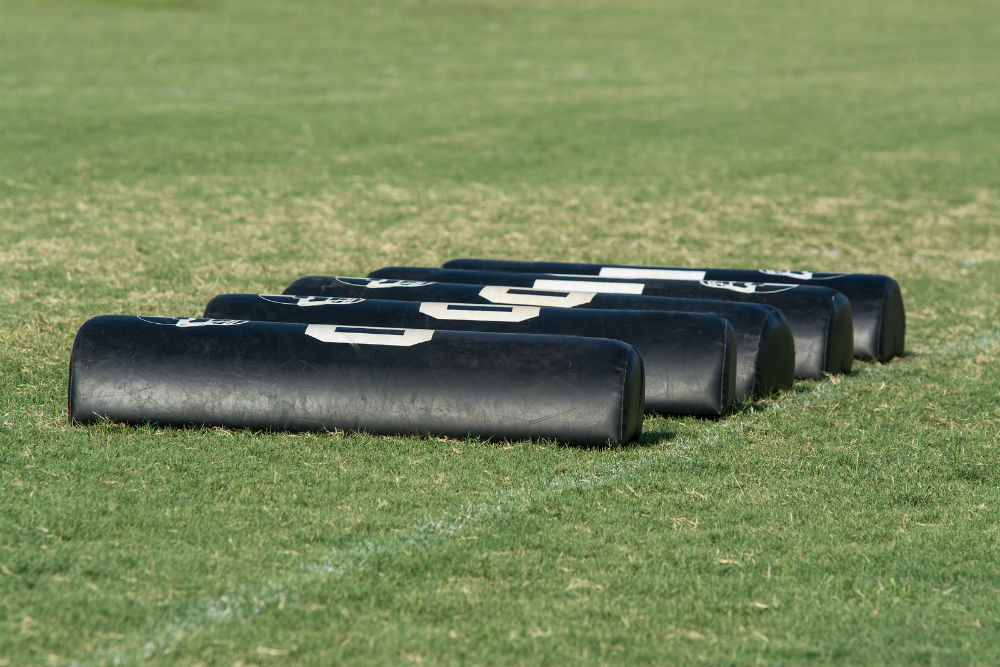
Coaching Your Sales Teams Like a Pro
It’s pretty near impossible to find a negative opinion about the effectiveness of sales coaching on the top line performance of a company.
CEB, the Sales Executive Council, Salesforce.com, the Canadian Professional Sales Association (I was looking under a lot of rocks, obviously…), Brainshark, and a lot of other sources all point to sales coaching as being the single most effective activity a sales leader can undertake to improve their numbers. How effective?
Some statistics on sales coaching (source: Brainshark)
- 74% of leading companies say coaching is the most important role front-line sales managers play.
- Companies that support coaching development improve sales objectives by as much as 19%.
- When training is reinforced by in-the-field coaching, companies see up to 4x the ROI from training programs alone.
- 46% of sales reps say coaching by the sales manager is one of the BEST ways to reinforce new sales skills.
- More than 60% of salespeople are more likely to leave their job if their manager is a poor coach.
- The average sales manager devotes only about 20% of their time to coaching.
Wait, have a look at that last stat again… Really? And juxtapose that against the first stat… Something’s fishy here. If pretty much everyone agrees that coaching might just be the closest thing there is to a silver bullet in sales, then why on earth wouldn’t a company invest heavily in this activity? Also, I’d argue 20% is an extremely generous number, given that most companies haven’t formalized their coaching program. Case in point, we ran a focus group once and asked leaders if they coached their people, and to a person they all said “Yes, absolutely I coach.” When that same question was put to the sellers, their response was, “Coaching? There is no coaching here. I’m on my own.” Clearly, there’s a disconnect somewhere.
I suspect that, were I to poll businesses, most would define coaching along the lines of ‘deal coaching’; a senior seller who carried a bag for years and years, closed umpteen millions or billions of dollars in their lifetime, has a Rolodex with hundreds of C-level names in it, and knows one or several industries dead cold, comes in and shows people how to navigate the political waters and apply best practices so as to win some critical deals. Yep, that’s one way of looking at coaching. And so long as they keep that uber-seller around people will close some important deals.
There’s also a brilliant Nike Golf ad which drives this point home (go ahead, watch it now)…
But what happens when Tiger leaves the driving range...?
I cringe when I think about how much money, churn, and cycle time is spent by companies trying to implement coaching, only to have their salesforce drift back to their pre-coaching status quo after the “hired gun” sales coach departs with a wallet full of cash. There’s an object lesson to be learned here, and all we need to do is look to a professional sports team to understand how this works.
Coaching in professional sports teams
Bill Belichick. Ever heard of him? I’ll forgive you if you haven’t, since I know not everyone follows football. For those who don’t know, he’s the Head
Coach for the New England Patriots football team and is, arguably, the greatest coach ever in the game. Full disclosure, I’m originally from Boston, so there may be a hint of bias here… He and Tom Brady (the Patriots’ quarterback) have created a football dynasty of sorts. They, along with Josh McDaniels, Matt Patricia, Joe Judge, Moses Cabrera… What, you’ve never heard of any of these other people? They’re only the Offensive Coordinator, Defensive Coordinator, Special Teams Coach, and Head Strength and Conditioning Coach, respectively. Typically you’ll only hear about Belichick, and maybe McDaniels or Patricia, but there are, in fact, 16 coaches on the Patriots’ roster. 16 coaches, for 68 players.
Hopefully I haven’t lost anybody yet, because there’s a point to all this, trust me. Let’s draw an analogy between the New England Patriots and any given salesforce within a company. The CEO is Belichick. Brady would be one of your superstar sellers. McDaniels and Patricia might be CSOs or they may own the P&L for a vertical, if you’re organized that way. Judge might be a special deals coach, or that uber-coach we talked about earlier. And, Cabrera would be the unsung hero who is the front line sales manager. When McDaniels advises Brady to have Edelman or Hogan (both wide receivers) run a particular pattern and execute a running play, that means Edelman and Hogan are first capable of running that play; that means Cabrera, the strength and conditioning coach, had spent countless hours with Edelman and Hogan, conditioning them to be able to run the plays asked of them. If Cabrera doesn’t do his job, then they can’t execute the plays called by McDaniels, Brady, and Belichick, and the whole thing falls apart.
Now, just as the Pats can’t win Superbowls without dividing up their coaching responsibilities and at the same time relying upon the others to coach their charges well, so too does a sales organization need to examine its coaching staff to understand how they work together, rely upon each other, and synergize to not just retire quota but grow the team’s capabilities. You do have a formalized coaching program at your company, don’t you? You do have a coaching staff at your company, don’t you? Your coaches do meet regularly and coordinate with each other, as coaches, don’t they…?
Drive sustainable change with coaching
Getting your sales (or any other) coaching program correct means creating sustainable change within your salesforce. It means up-skilling your sellers and drilling them time after time on the basic competencies needed to sell – such as messaging, probing, financial acumen, negotiating, presenting, and so on – so that those competencies become a second nature behavior to them. The sellers will have zero doubt that they’re being coached on something very specific. You’re sellers will want to practice so they can win more deals. Your sellers’ confidence will increase, and instead of having them flounder because they’re out of shape, they will have been conditioned and know precisely how to do what’s asked of them, without having to be coached by example, as that hired gun uber sales coach does.
If you watched that Nike commercial and thought the message it conveyed was a good one, then I submit that you may not belong in either a sales leader or coaching position, and might be a much better individual contributor.

By Bob Britton
Bob has been in sales and training for more than 20 years. He approaches corporate training through the lens of an MBA, understanding the dynamics of complex services, manufacturing, and sales environments, while simplifying it all so stakeholders across an organization communicate effectively. Bob leverages his military and corporate experience to build and lead teams which focus on cross-functional knowledge management, performance improvement, and paradigm alignment. Importantly, Bob understands how the field of training must adapt to the changes in marketplace, and how training must transform from a traditional information delivery function to a trusted business partner, which directly and measurably impacts behaviors to move the business needles.
Find out more about Bob Britton on LinkedIn







